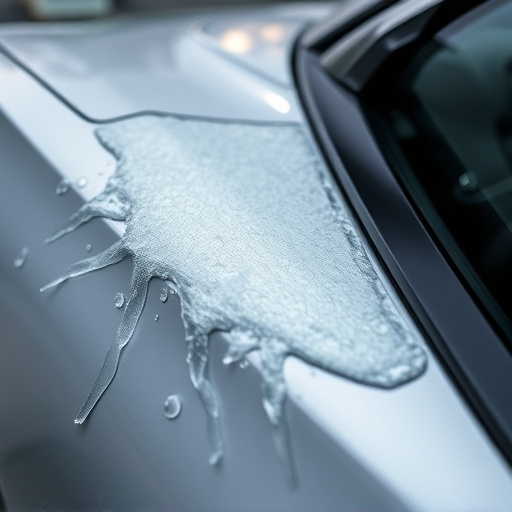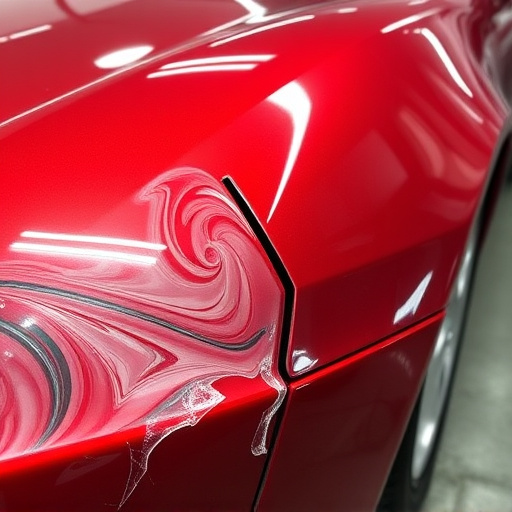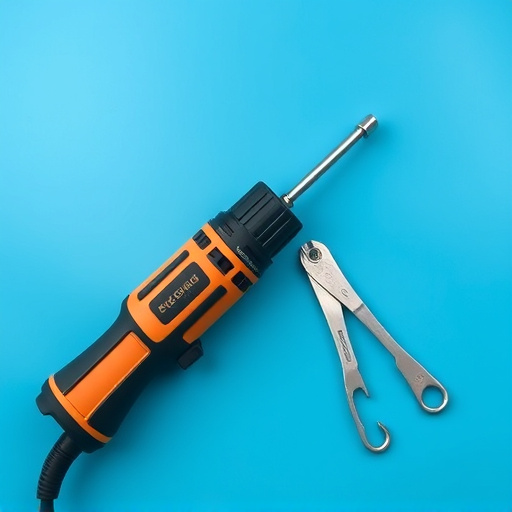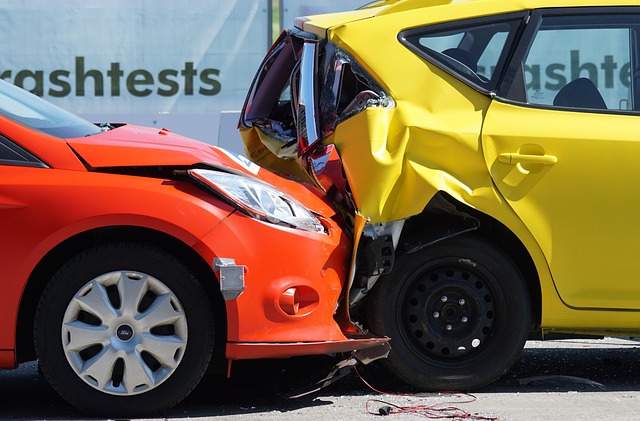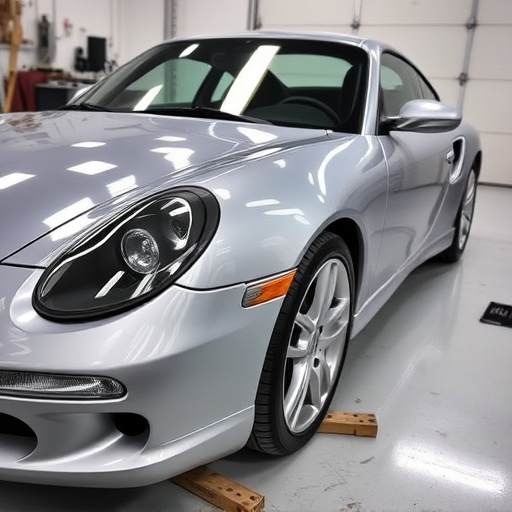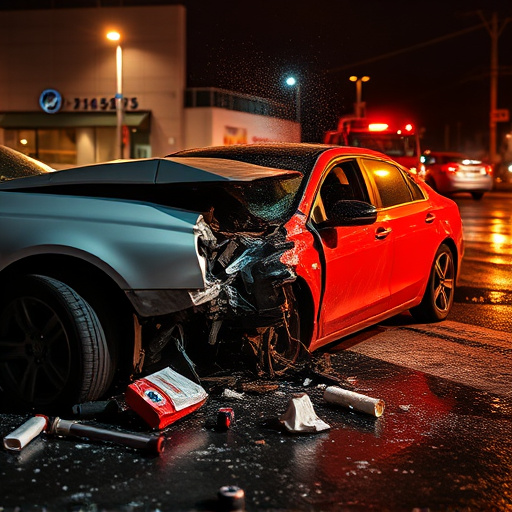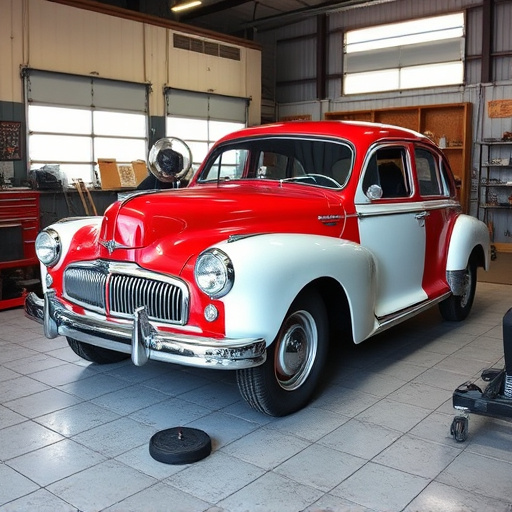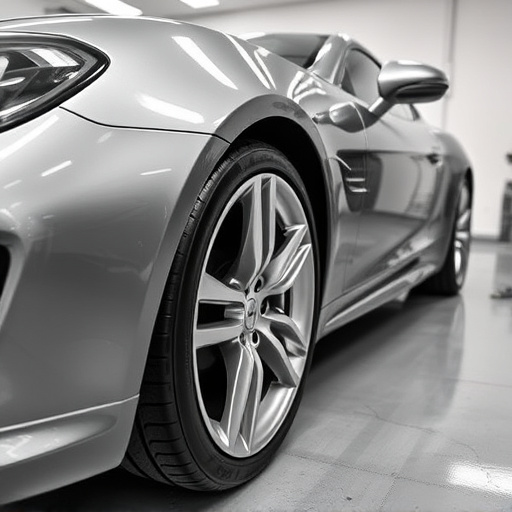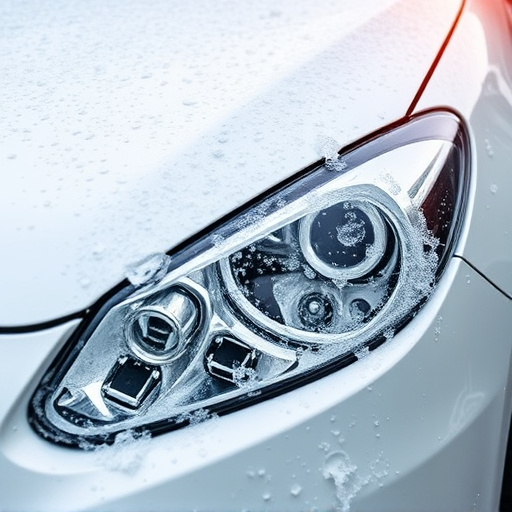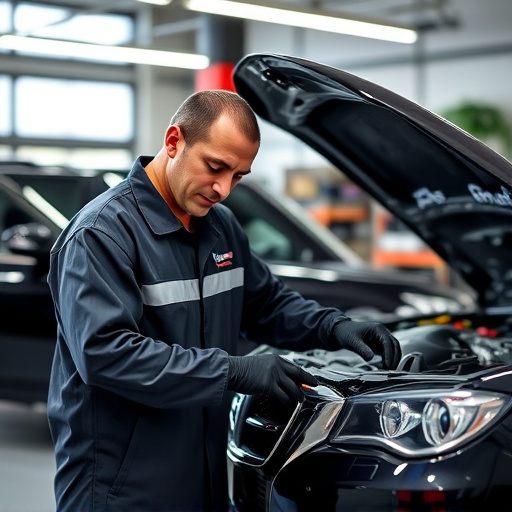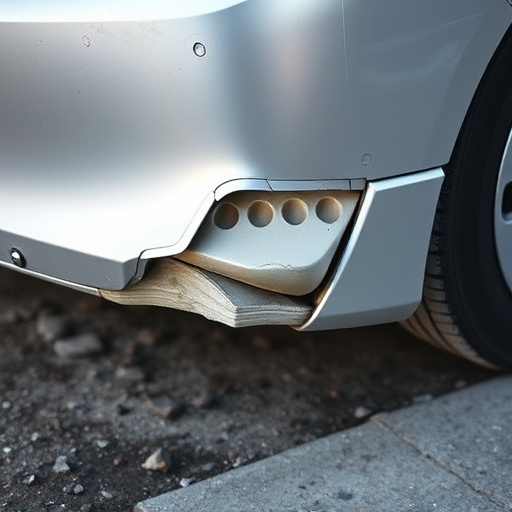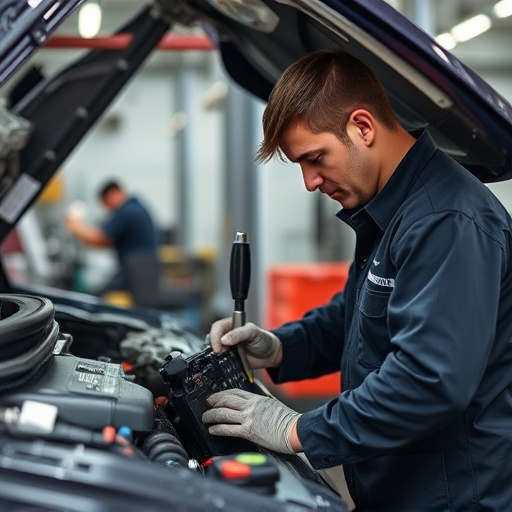After a collision, thorough cooling system collision repair is crucial for vehicle safety and performance. Technicians inspect and replace damaged parts like radiators and hoses, using specific kits for make-and-model accuracy. Disassembly, repair, reassembly, and rigorous testing ensure optimal function, preventing future overheating issues, especially in summer temperatures, following all collision repair services.
When a vehicle suffers damage, especially from a collision, repairing the intricate components like the cooling system is crucial for safety and performance. This comprehensive guide outlines a structured timeline for completing cooling system collision repair work. From assessing the extent of the damage and gathering necessary parts to disassembling, inspecting, repairing, reassembling, and finally testing the system’s performance, each step demands precision and expertise. Master these processes to ensure a reliable and efficient cooling system after a collision.
- Assess Damage and Gather Parts
- Disassemble and Inspect Cooling System
- Repair, Reassemble, and Test Performance
Assess Damage and Gather Parts
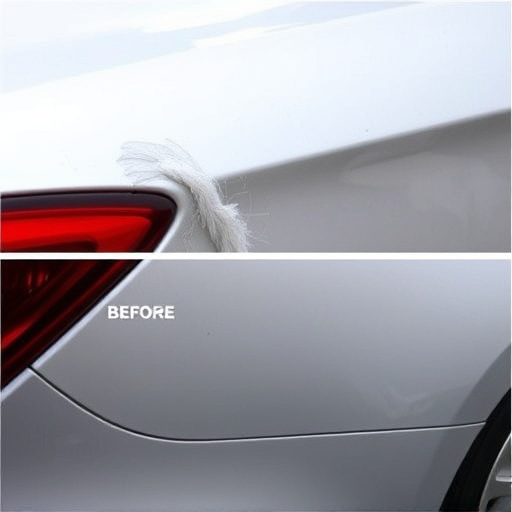
After a collision, assessing the damage to your vehicle’s cooling system is crucial for effective collision repair. This initial step involves a thorough inspection to identify any leaks, dents, or structural issues within the system. Technicians skilled in cooling system collision repair will check radiators, condensers, and hoses for signs of damage. They may also utilize diagnostic tools to assess the overall functionality of the system before gathering necessary parts.
Gathering the right replacement parts is an essential aspect of automotive restoration. For a cooling system, this could include new radiators, water pumps, or even complete kits designed for specific vehicle makes and models. While traditional car paint repair might be required for external dents and scratches, ensuring proper replacement parts for internal components guarantees that your vehicle operates optimally after the collision repair process is completed.
Disassemble and Inspect Cooling System
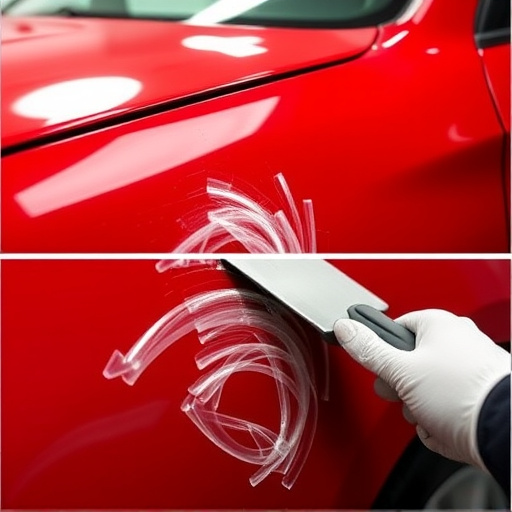
Before diving into the actual collision repair process, a thorough disassembly and inspection of the cooling system is crucial. This step involves carefully taking apart various components to assess any damage or corrosion caused by the accident. During this phase, mechanics will closely examine every part, from the radiator to the hoses and thermostats, for signs of wear, leaks, or structural integrity issues. Identifying these problems early on is essential for effective cooling system collision repair, ensuring that each element functions optimally once the vehicle is restored.
The disassembly process also allows technicians to replace any worn-out or damaged parts, such as cracked hoses or faulty thermostats. This meticulous inspection and replacement are vital components of comprehensive automotive body work, addressing potential issues before they escalate. Moreover, given the sensitive nature of the cooling system, proper maintenance during the repair process is key to preventing future problems, especially after hail damage repair or tire services, ensuring the vehicle’s longevity and safe operation.
Repair, Reassemble, and Test Performance
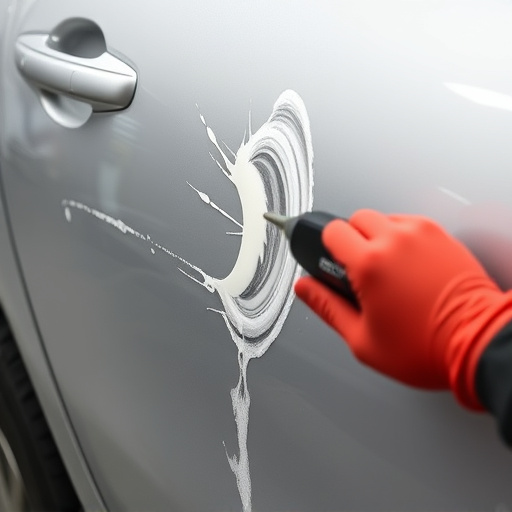
After the cooling system has been properly disassembled, repaired, and all necessary components replaced, it’s time to move onto the next crucial step in the collision repair process: reassembly and performance testing. This stage ensures that not only is your vehicle’s cooling system structurally sound but also functioning optimally. Skilled technicians will meticulously put all the pieces back together, ensuring every joint is secure and sealed. This involves reconnecting hoses, refill the coolant, and carefully checking for any leaks.
Once reassembled, rigorous performance tests are conducted to verify the efficiency and effectiveness of the cooling system. These tests may include temperature readings at various engine speeds, pressure checks, and even road simulations to mimic real-world driving conditions. By subjecting the system to these conditions, mechanics can identify and rectify any issues before the vehicle is returned to its owner, guaranteeing a safe and reliable ride. This meticulous process is essential in ensuring that your car, after a fender bender or more severe collision, is not only visually repaired (like a car dent repair) but also performs at peak levels, especially during summer’s scorching temperatures.
Cooling system collision repair involves a meticulous process that requires careful assessment, disassembly, repair, and thorough testing. By following these structured steps – from damage assessment to performance testing – auto shops can ensure effective and efficient restoration of your vehicle’s cooling system. This timeline guarantees that every component is properly inspected, replaced if necessary, and reassembled with precision, ultimately facilitating a safe and reliable drive on the road.
